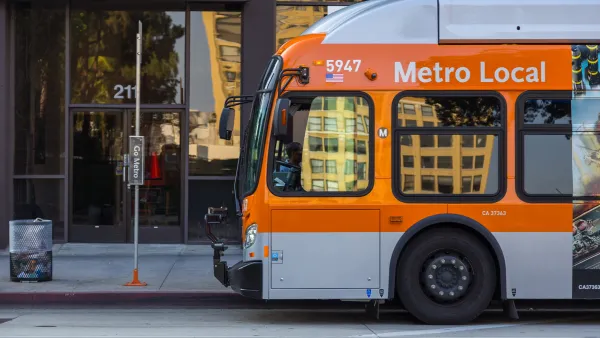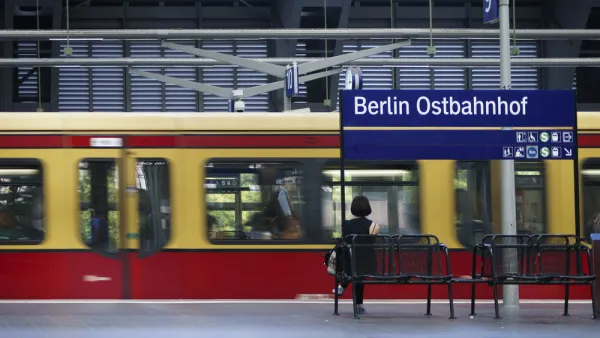Is there a difference between the two most common fare structures in public transit?
Jonna McKone of TheCityFix asks: "What are the options with payment schemes for public transportation?
There are two tiers of strategies that a Los Angeles Metro study recently outlined:
Time-based systems allow passengers to ride a transit system and make free transfers for a set amount of time. This scheme can be anything from an unlimited weekly pass to an unlimited monthly pass, to even shorter periods of time, such as a free transfer within a one- to two-hour time period. This pricing system requires some sort of card (paper, magnetic or smart card) to issue the transfer.
Distance-based systems charge higher fares for rides that cover greater distances. The fares could either be on a route-by-route basis, as we have in Washington, D.C., where the price between two points varies (here's a nice run-down of the District's pricing options), or a set of fare zones that could establish incremental fares based on certain regions of the city. For example, Paris has concentric circles that ring the city and form zone boundaries. Travel to the outer zones is more expensive than inner areas. Los Angeles' Metrolink is much different-the system offers a daily pass for $6 and a preboard flat fare. The thought behind the distance-based scheme is that riders who use more service should pay for the service.
There are drawbacks to both systems. Distance-based fares often end up being more complicated to develop and enforce, as they require a card to be re- swiped, tapped or punched for bus or rail, or they require a barrier that reinforces additional payment."
Thanks to Garrett Bradford
FULL STORY: Time-Based Versus Distance-Based Fares

National Parks Layoffs Will Cause Communities to Lose Billions
Thousands of essential park workers were laid off this week, just before the busy spring break season.

Retro-silient?: America’s First “Eco-burb,” The Woodlands Turns 50
A master-planned community north of Houston offers lessons on green infrastructure and resilient design, but falls short of its founder’s lofty affordability and walkability goals.

Delivering for America Plan Will Downgrade Mail Service in at Least 49.5 Percent of Zip Codes
Republican and Democrat lawmakers criticize the plan for its disproportionate negative impact on rural communities.

Test News Post 1
This is a summary

Test News Headline 46
Test for the image on the front page.

Balancing Bombs and Butterflies: How the National Guard Protects a Rare Species
The National Guard at Fort Indiantown Gap uses GIS technology and land management strategies to balance military training with conservation efforts, ensuring the survival of the rare eastern regal fritillary butterfly.
Urban Design for Planners 1: Software Tools
This six-course series explores essential urban design concepts using open source software and equips planners with the tools they need to participate fully in the urban design process.
Planning for Universal Design
Learn the tools for implementing Universal Design in planning regulations.
EMC Planning Group, Inc.
Planetizen
Planetizen
Mpact (formerly Rail~Volution)
Great Falls Development Authority, Inc.
HUDs Office of Policy Development and Research
NYU Wagner Graduate School of Public Service





























